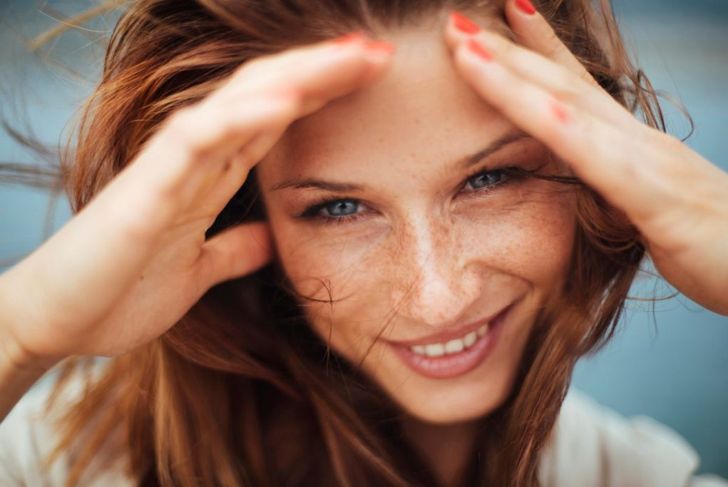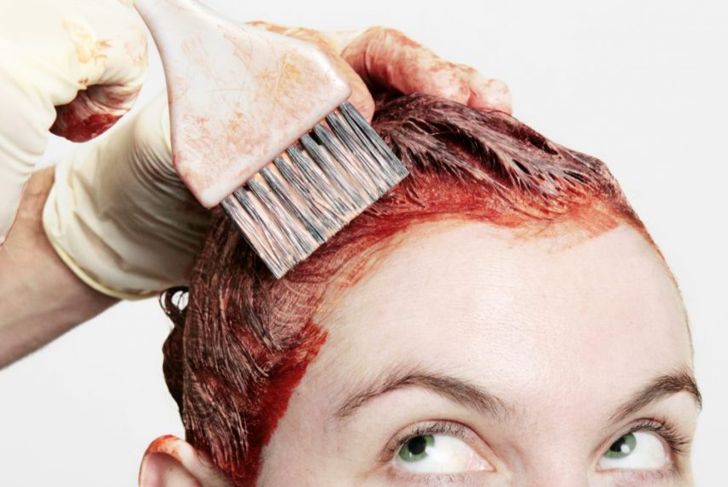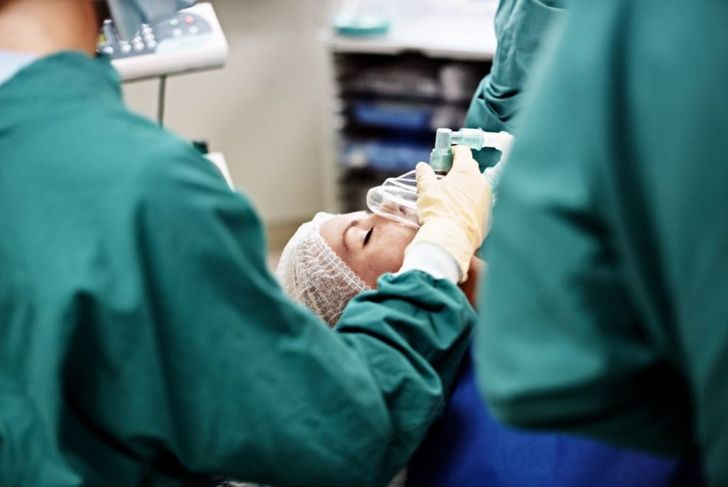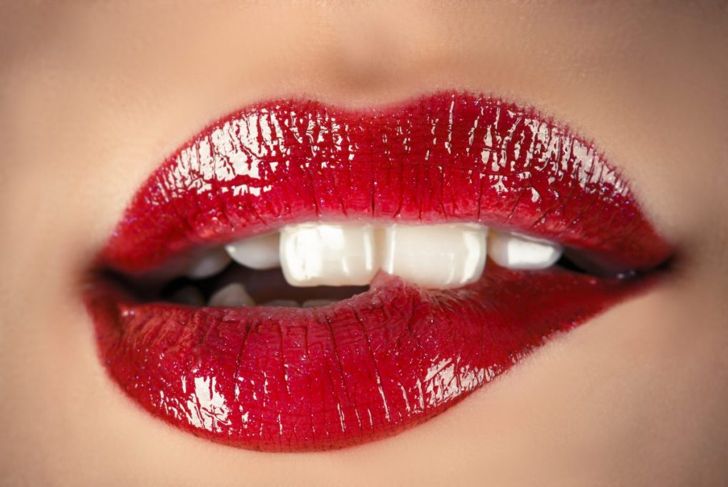What do Prince Harry and Lucille Ball have in common? They are both well-known members of the exclusive ginger club. Redheads are a point of fascination for many. Some parts of history paint those with red hair as witches with devious powers or otherworldly harbingers of misfortune. In a few cases, they were ostracized because they were thought to be unlucky, or that their wild and fiery tempers made them unmanageable. Whatever their past perception, individuals with red hair are subject to various characterizations, and some are based on facts.
Red Hair Gene
Redheads have a recessive gene called melanocortin-1 receptor, MC1R, located on chromosome 16. This means that if both parents have that gene and have red hair, there is more than a 99 percent chance that their children will have red hair. Even if the parents don’t have red hair, they may still carry the MC1R gene and have ginger-haired kids. On top of that, redheads always have fair skin and some sport brown freckles. Those are extra features that come with the genes.
Two-percent Club
Less than two percent of the world’s population has red hair in a variety of shades, and approximately four percent have the gene. Western Europe has the highest concentration. Ireland has the highest frequency, between 10 and 30 percent, followed by Scotland, 10 to 25 percent, and Wales, 10 to 15 percent. One of the weakest concentrations of redheads is in southwest Norway, which history thinks is the source of the first red-hair population explosion. Centuries ago, the Vikings took people from Ireland to southern Norway, resulting in an increase of redheads.
Not Good at Tanning
Ever noticed fewer redheads from Southern Europe? That’s because the 45th parallel is considered a natural and unofficial latitudinal boundary for red hair. Southern Europeans have darker features, which make them better at coping with increased UV exposure. Unfortunately, people with red hair tend to burn rather than tan, which may lead to skin problems later. But, if they have freckles, that could count as some sort of a tan.
Eye Color
When people see red hair and blue eyes, they think it’s rare. However, that’s not completely true. It turns out that while red hair and eye color combinations vary by gender, men with red hair and blue eyes tend to be as prevalent as women with red hair and brown eyes. Brown, blue, and green eyes account for a majority of the eye colors of people with red hair. But, there is one combination that is considered rare across both genders, and that is a redhead with black eyes.
Hair Coloring
Those who have tried to have their red hair dyed know how hard it is. Red hair tends to hold on to its coloring a lot tighter than other pigments, so it fights against the dyeing process. This pugnacious tendency is also the reason why those with red hair don’t go through the same “graying” process as others. Instead, they hold on to their color a lot longer, and the strands fade to lighter shades of red until they become completely white.
Temperature Sensitivity
A study found that when it came to responses to temperature stimuli, redheads were more sensitive to cold and heat when compared to dark hair individuals. They also perceived changes in temperature more readily than others. This sensitivity could be linked to the MC1R gene and gives those with red hair the unofficial title of ‘human thermometer.’
Making Vitamin D
When it comes to synthesizing vitamin D, it turns out that redheads do it more efficiently, thanks to their MC1R gene. Their bodies found ways to efficiently synthesize vitamin D in some protective ways. For one thing, their innate ability to produce the vitamin means they are less likely to develop diseases such as rickets or other vitamin D deficiency-related diseases. Additionally, men with red hair are more than 50 percent less likely to develop prostate cancer because the vitamin tends to discourage its growth.
The Pain Irony
When it comes to sedation and pain control, the brains of those with red hair process pain differently than others. Apparently, stimuli response and pain control are each handled by different parts of the central nervous system. When it comes to sedation, those with red hair need 20 percent more sedatives and topical anesthetics, making some redheads hate the dentist. But when it comes to handling pain from certain injuries, they use lower doses of pain killers.
Fewer Hair Strands
Red hair often looks voluminous, leading people to assume redheads have a lot of it. The fact is that those with red hair have about 40 percent fewer strands than those with darker hair, who can have anywhere between 130,000 to 140,000 strands on average. They make up for that deficit by having thicker, stronger strands, in addition to long-lasting coloring.
More Romance
Whether partnered or single, women with red hair tend to have better romantic lives than their blonde and brunette counterparts. A German university study showed that red-haired women not only had more intercourse but were also better at it. Part of the reason includes their natural physical sensitivity, which made them more responsive.

 Home
Home Health
Health Diet & Nutrition
Diet & Nutrition Living Well
Living Well More
More




















